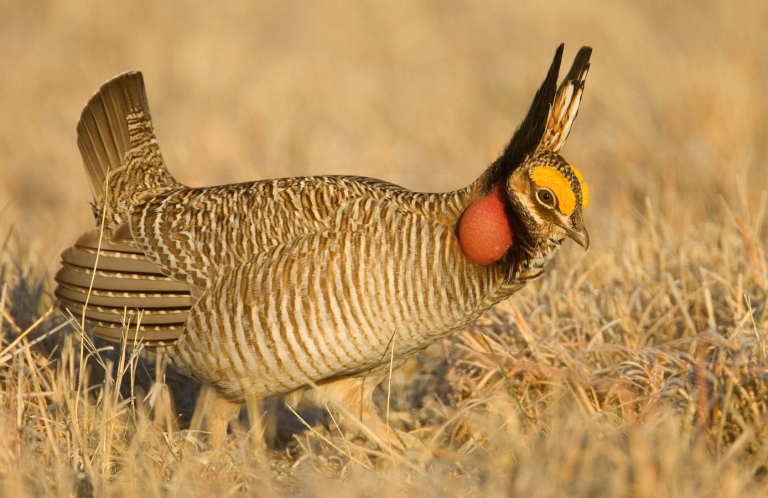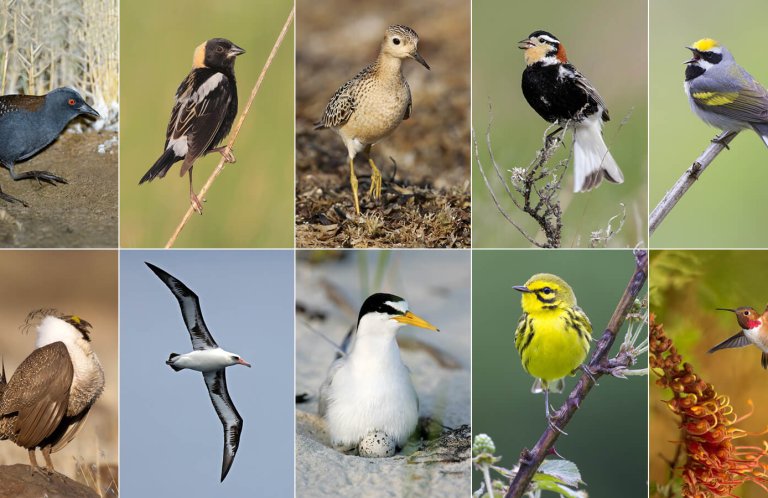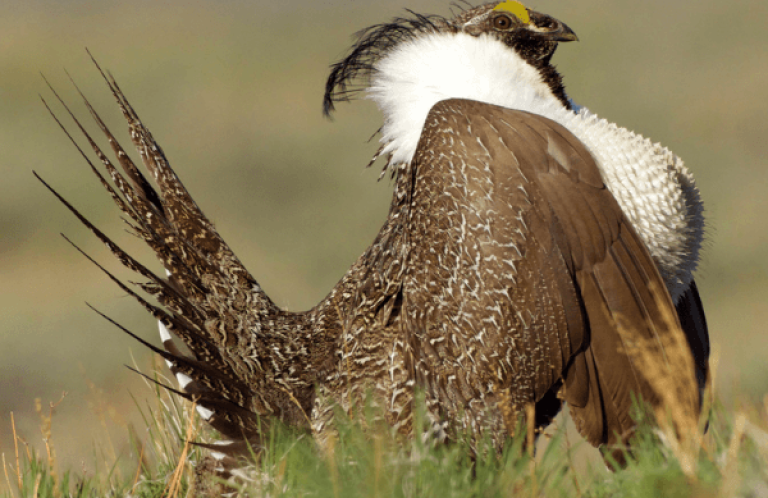Endangered Species Act (ESA) Report Celebrates 50 Years of Conservation Success
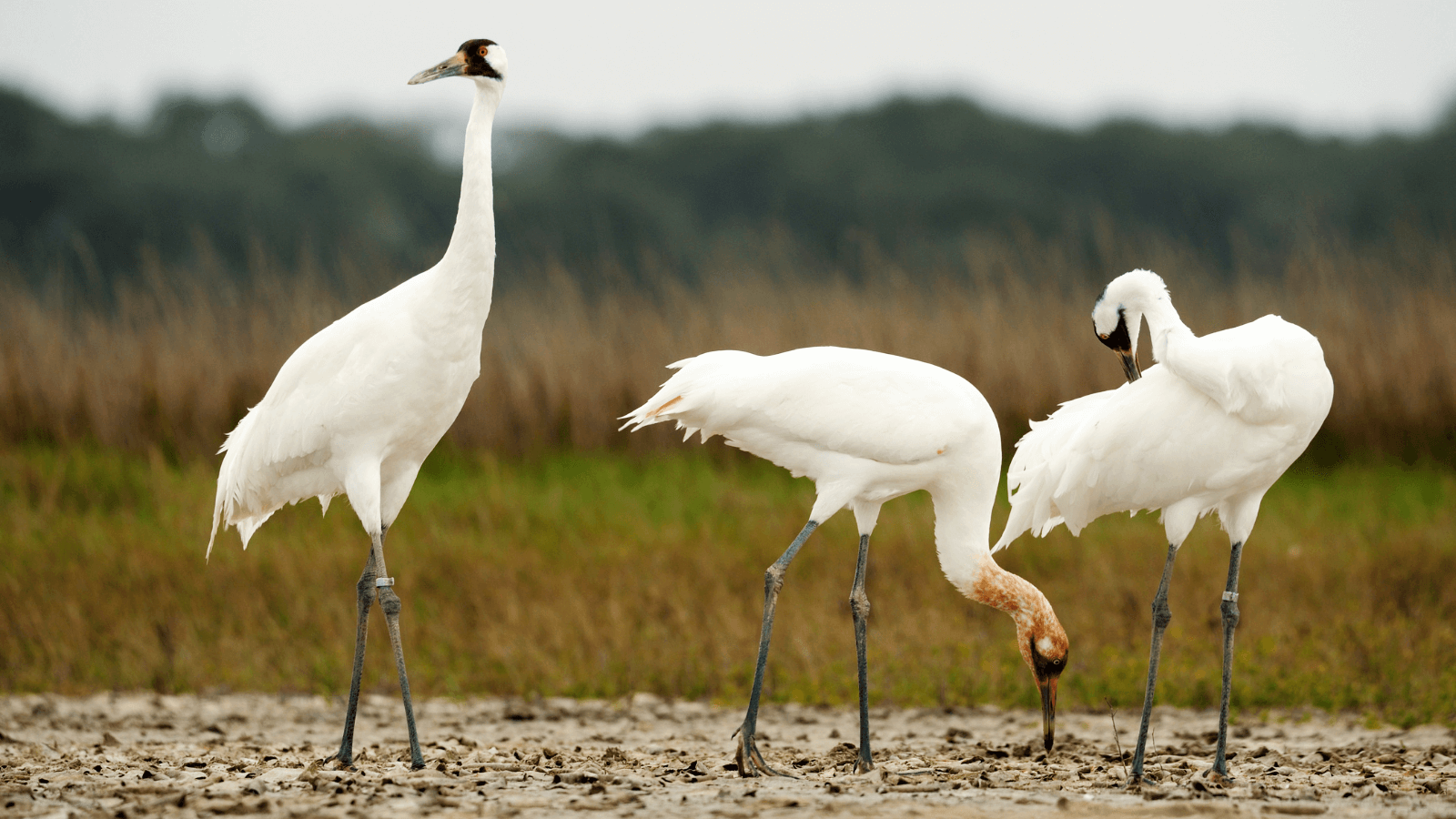
The third Friday in May marks the annual celebration of National Endangered Species Day. This year is extra special as the U.S. Endangered Species Act (ESA) is celebrating 50 years of protecting and recovering Endangered and Threatened species and their habitats.
In celebration of this milestone, the American Bird Conservancy Action Fund, the 501(c)(4) affiliate of American Bird Conservancy (ABC), produced the “Celebrating 50 Years of the Endangered Species Act” report, which details the ESA's legacy, successes, and future. The report underscores the importance of upholding the ESA to protect birds facing unprecedented threats.
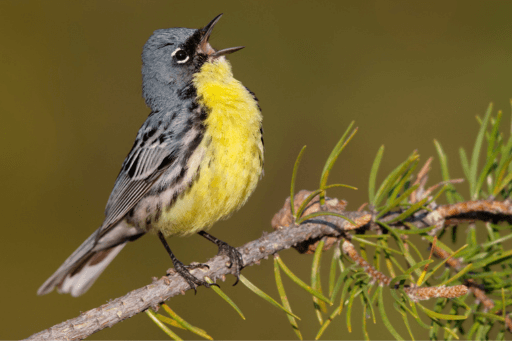
“The Bald Eagle, Peregrine Falcon, Kirtland's Warbler, Hawaiian Hawk (‘Io) and Interior Least Tern have all been delisted due to successful recovery efforts,” said Steve Holmer, Vice President of Policy for American Bird Conservancy (ABC). “As ABC's 2016 ESA Recovery report found, once listed, birds usually start back on the roads towards recovery with most populations increasing or at least stable.”
President Richard Nixon signed the ESA into law on December 28, 1973. The report explains how over the past half-century, the ESA has served as a vital tool for conserving avian species in the United States, including birds such as the Whooping Crane and California Condor, which would likely have gone extinct without actions taken under the ESA.
However, the report also outlines cases in which the ESA has fallen short for certain bird species. More than two dozen listed avian species are still in decline today, including the Gunnison Sage-Grouse, Marbled Murrelet, Red Knot, and several Hawaiian forest birds. And not all U.S. species in decline have been granted ESA protections, such as the Greater Sage-Grouse.
There are also threats to birds and other wildlife that the Environmental Protection Agency (EPA) could take stronger action on, such as insecticides and rodenticides. Ninety-five percent of chemical pesticides have not undergone legally required ESA consultations, even though insecticides like neonicotinoids are known to be deadly to birds, and rodenticides can be harmful to Endangered species like the California Condor. Hearteningly, the report outlines how the EPA has begun working to address these threats.
“The ESA has been critical to protecting birds and their habitats, and is needed more than ever as Threatened and Endangered species are increasingly exposed to toxic pesticides,” said Hardy Kern, ABC Director of Government Relations, Birds and Pesticides Campaign. “Further loss of irreplaceable species and their habitat can be avoided by thoroughly evaluating toxic chemicals and limiting the application of those found to pose a threat to endangered species.”
The 50th anniversary of this landmark act is a time for reflection, celebration, and renewed advocacy on behalf of the ESA. With continued dedication, ABC will work to conserve birds and their habitats, helping to ensure that the ESA can stand up to emerging threats and protect species at risk of being lost forever.
###
American Bird Conservancy (ABC) takes bold action to conserve wild birds and their habitats throughout the Americas. Inspired by the wonder of birds, we achieve lasting results for the bird species most in need while also benefiting human communities, biodiversity, and the planet's fragile climate. Our every action is underpinned by science, strengthened by partnerships, and rooted in the belief that diverse perspectives yield stronger results. Founded as a nonprofit organization in 1994, ABC remains committed to safeguarding birds for generations to come. Join us! Together, we can do more to ensure birds thrive.
Media Contact
Jordan Rutter
Director of Communications
media@abcbirds.org






































